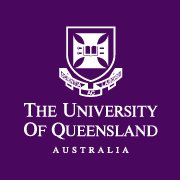Full description
Thirty-four adults with chronic, post-stroke aphasia participated in the Aphasia Language Impairment and Functioning Treatment (Aphasia LIFT) program. Baseline information pertaining to participants demographics (age), stroke (time post onset), and language abilities (lexical-semantic processing) are included. Sets of 30 treated and untreated items were identified for each participant at baseline. Confrontation naming accuracy for treated and untreated items at baseline, within therapy, post-therapy and 1 month follow-up are included in this data set. Proportion of potential maximal gain for treated and untreated items at post-therapy and 1 month follow-up have been calculated.Issued: 14 02 2023
Subjects
Cognitive Science |
Linguistic Processes (Incl. Speech Production and Comprehension) |
Psychology and Cognitive Sciences |
eng |
User Contributed Tags
Login to tag this record with meaningful keywords to make it easier to discover
Other Information
Early within therapy naming probes as a clinically-feasible predictor of anomia treatment response
local : UQ:e7685a0
Dignam, Jade, Rodriguez, Amy D., O'Brien, Kate, Burfein, Penni and Copland, David A. (2023). Early within therapy naming probes as a clinically-feasible predictor of anomia treatment response. Neuropsychological Rehabilitation, ahead-of-print (ahead-of-print), 1-24. doi: 10.1080/09602011.2023.2177312
Research Data Collections
local : UQ:289097
Identifiers
- Local : RDM ID: 0c267640-ac03-11ed-bb92-2bcf7f8473d7
- DOI : 10.48610/1AE3B01



